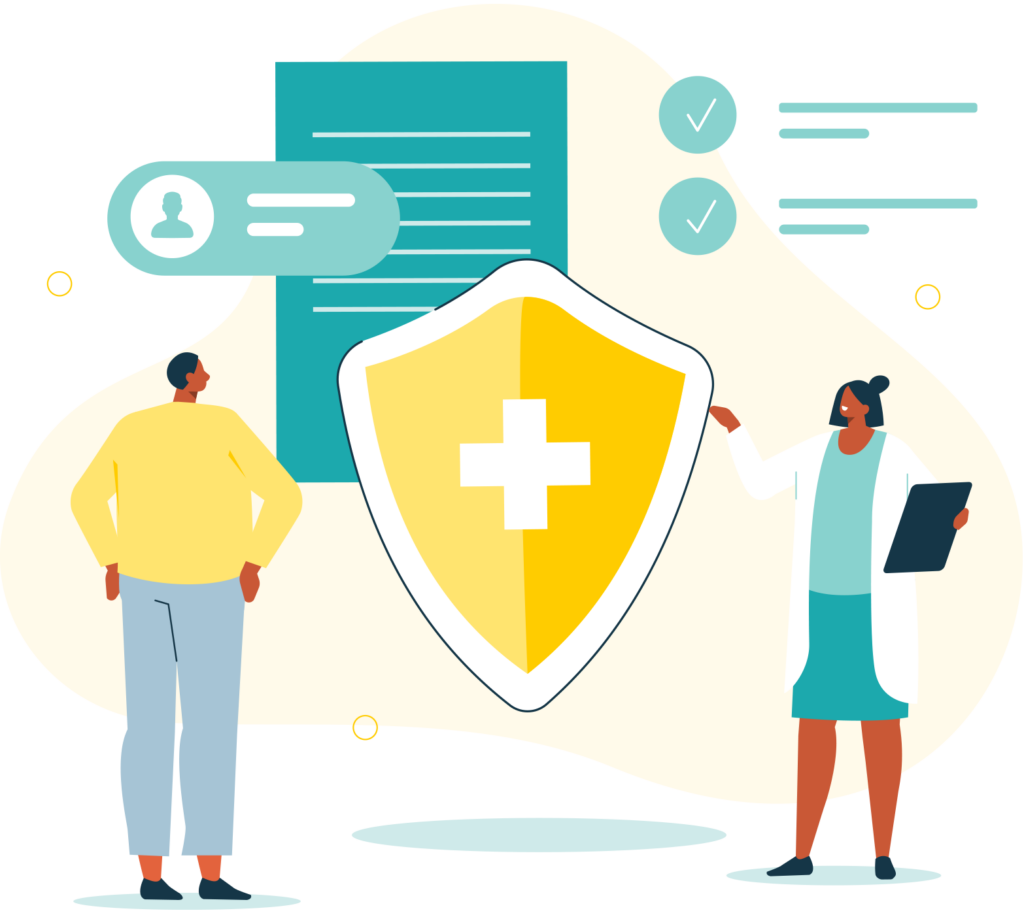Vicodin is a prescription painkiller most commonly prescribed to treat acute pain after a surgical procedure or an injury. Because this medication has such a high potential for abuse, it will never be prescribed to be taken for more than several weeks at a time. Vicodin is the brand name of the drug hydrocodone, a painkiller that is widely prescribed and widely misused – not always intentionally. Some people who have been prescribed this medication might up their dosage without the recommendation of a medical professional simply because they develop a physical tolerance over time. 
Higher Doses of Vicodin Take Longer to Leave Your System
As the tolerance develops, they begin to need a higher dose to produce the same effects. However, upping your dose without being advised to do so is never a good idea, and it can easily lead to physical and psychological dependence. A standard dose of Vicodin has a half-life of roughly 4 hours. This means that it will take about 4 hours for Vicodin to flush out of the system. Suppose a person has been abusing Vicodin for an extended period. In that case, he or she will likely begin experiencing withdrawal symptoms about 12 hours after the final dose is taken.
More About How Long Vicodin Flush Out of Your Body
Vicodin does not stay in the system for very long because its half-life is so short. If you take an ample amount, it will show up in a standard drug test for between 2 and 4 days after the final dose is taken. As a general rule of thumb, Vicodin stays in your system for up to 4 days after the final use. However, several factors determine how long the drug will remain in your system, including the health of your liver, your weight, and how much medication you are taking.
Sign and Symptoms of Vicodin Addiction
If you are abusing the medication and using it in conjunction with other chemical substances, there is a good chance that it will stay in your system for a longer period. If you believe that you might be struggling with a Vicodin abuse disorder, or someone you love might be struggling with a Vicodin abuse disorder, there are several signs and symptoms to keep an eye out for. The most common symptoms associated with Vicodin abuse and addiction include:
- Using a higher dose if I get in the intended or prescribed.
- Using Vicodin without a written prescription.
- Attempting to cut back on the amount of Vicodin being taken but being unable to do so.
- Engaging in drug-seeking behaviors like doctor shopping, purchasing Vicodin without a prescription, or stealing medication from friends and family members.
- Engaging in risk-taking behavior is like taking significantly more Vicodin than prescribed or mixing the medication with other chemical substances like alcohol.
- Feeling anxious when Vicodin is not readily available.
- A lack of motivation to fulfill personal obligations or participate in activities that were previously enjoyed.
The symptoms associated with Vicodin withdrawal can be severe, which is why seeking a professional program of clinical care is always recommended. The more common symptoms associated with Vicodin withdrawal include severe anxiety, stomach cramping, uncontrollable shaking and body tremors, profuse sweating, insomnia, and general feelings of discomfort.
Evoke Wellness and Vicodin Addiction Recovery
If you or someone you love has been struggling with Vicodin abuse or addiction, Evoke Wellness is available to help. To learn more about our programs of recovery, such as medical detox and residential rehab, contact us today. We are available around the clock and all calls are free and confidential. One of our addiction specialists is here to help you on your path to a happier and healthier lifestyle free from addiction.


